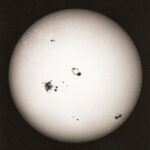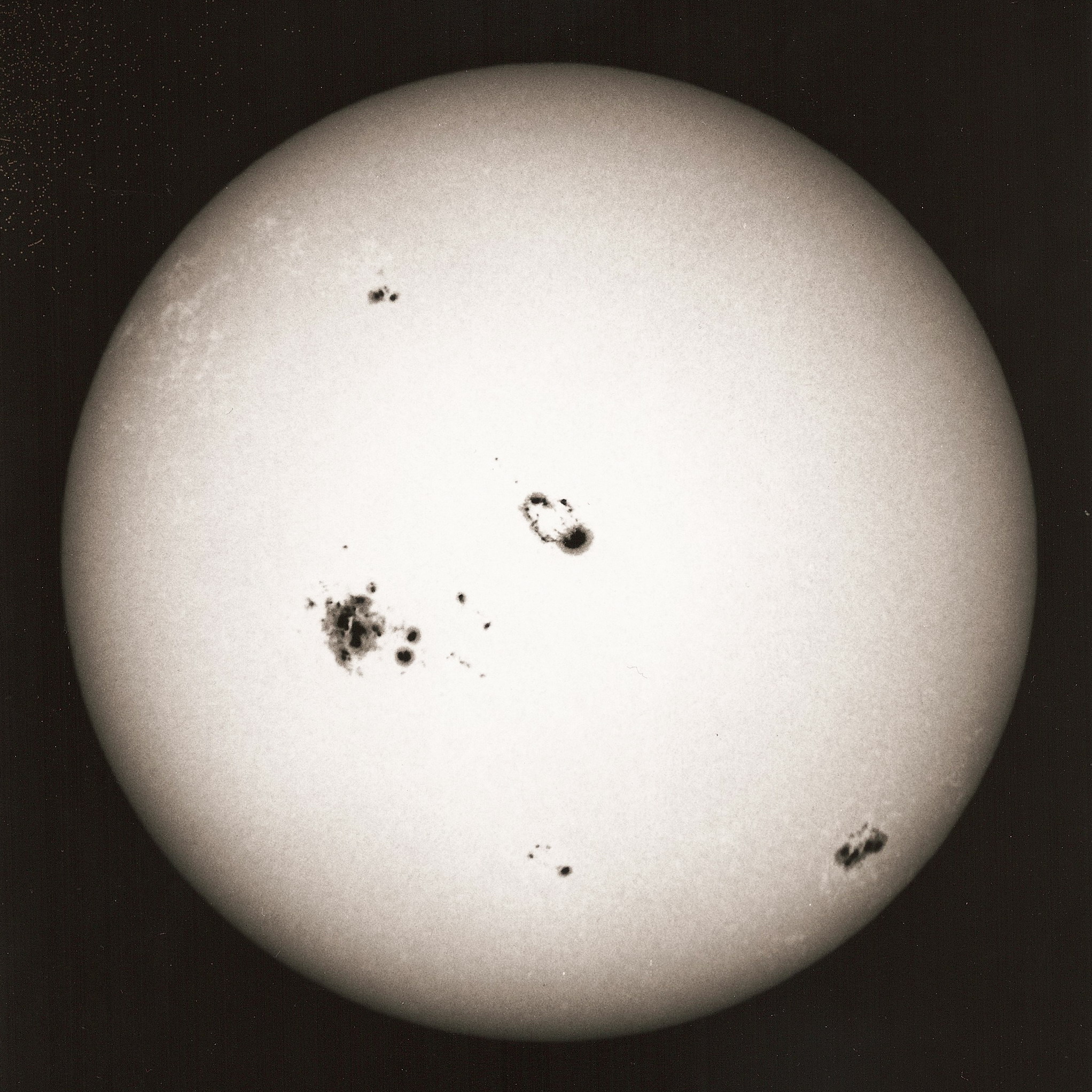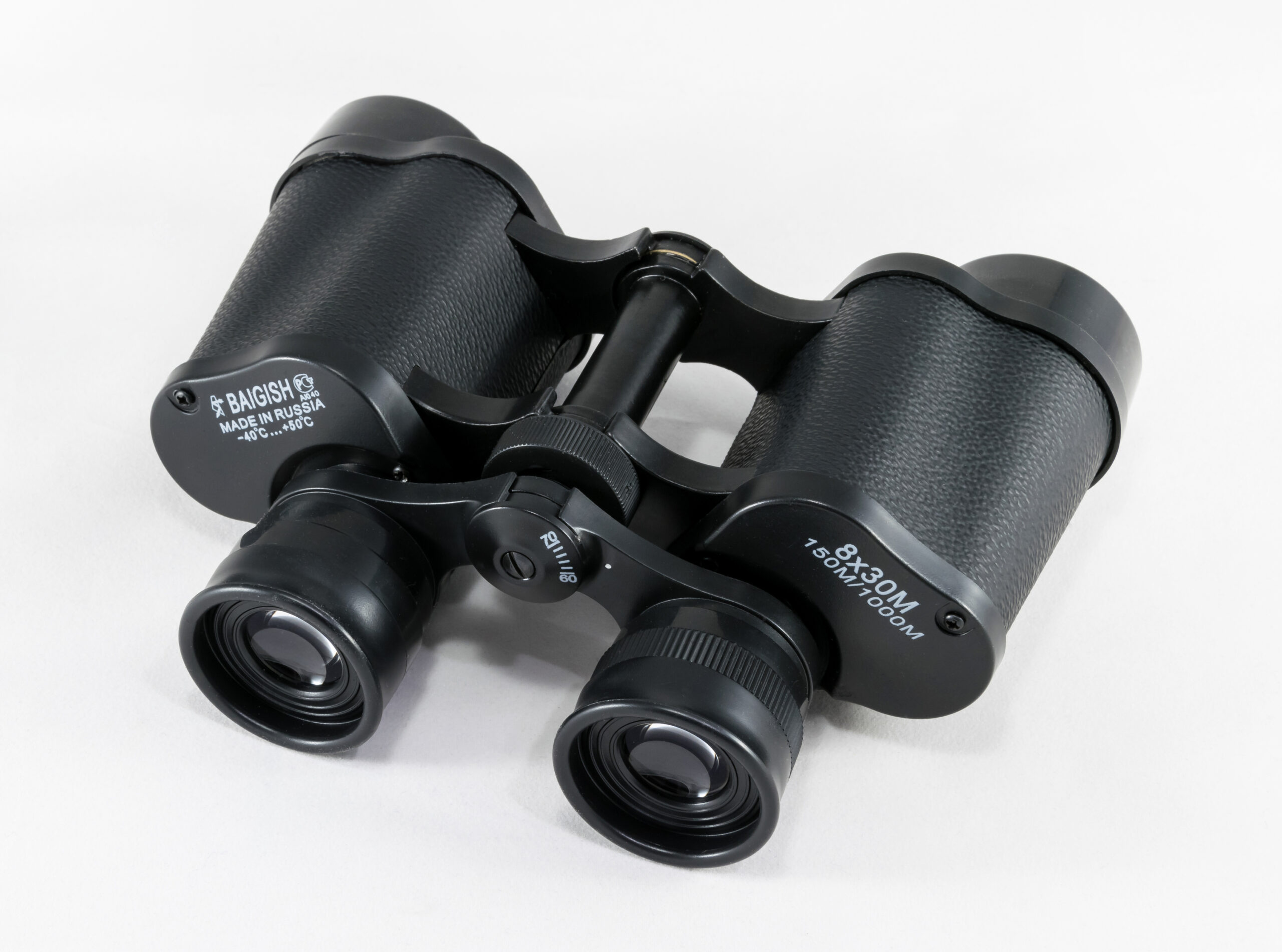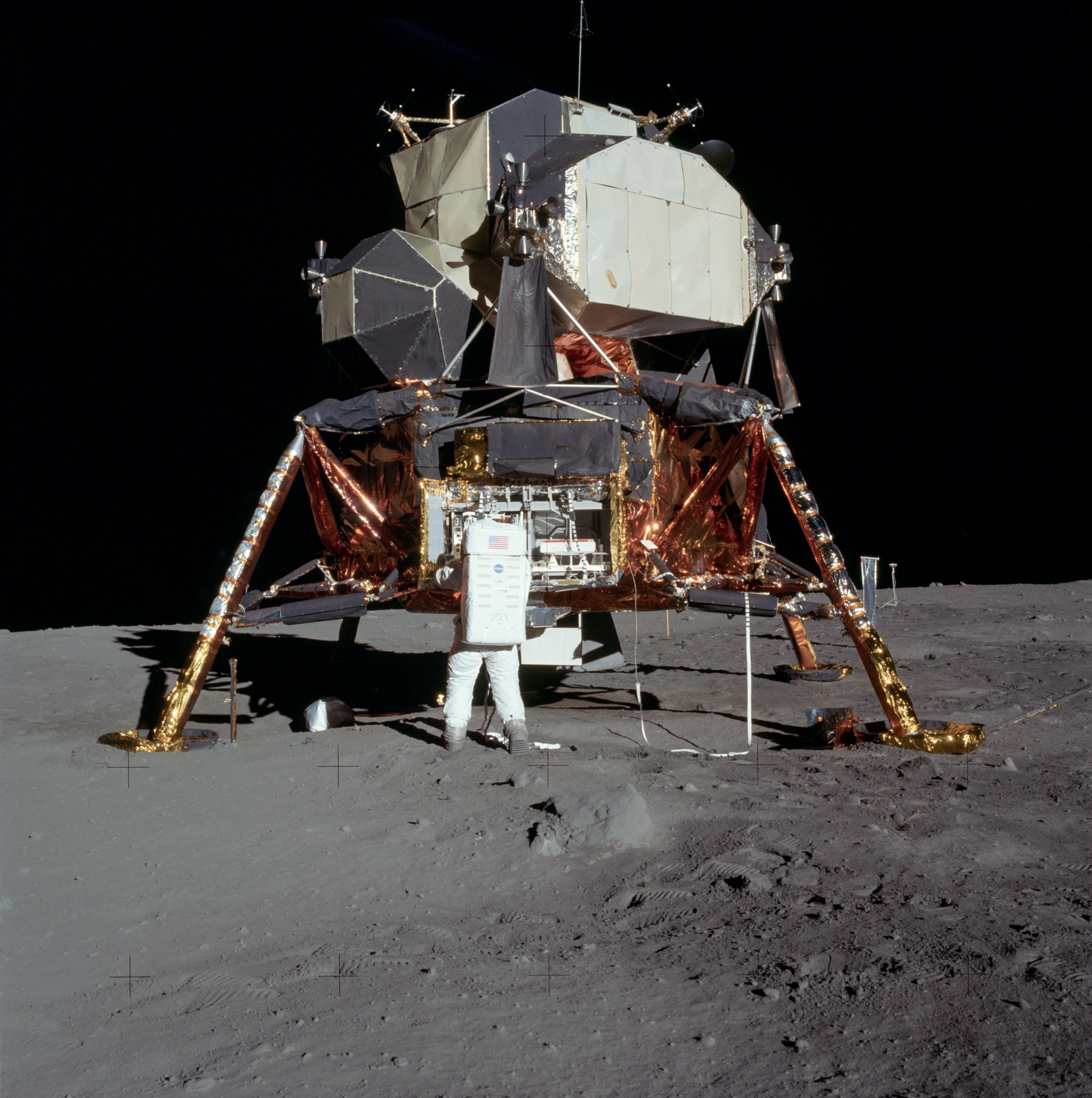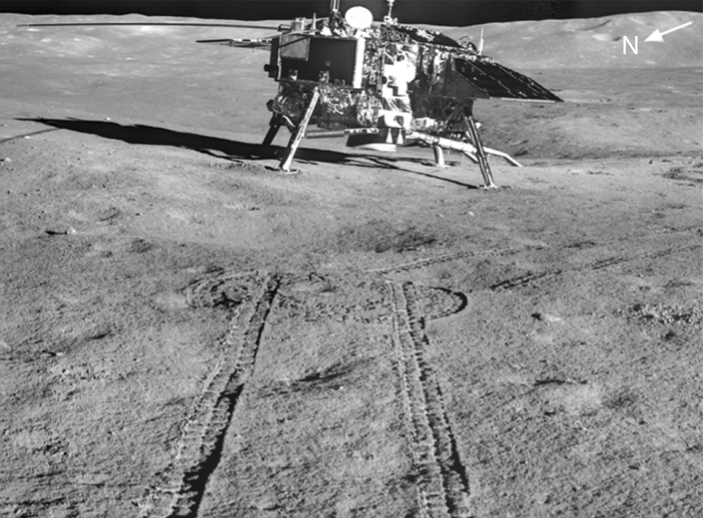The Sun is the most important celestial body in our solar system, providing the heat and light necessary for life on Earth. It is a vast sphere of hot plasma, undergoing nuclear fusion at its core to generate energy. This article delves into its size, classification, the phenomenon of sunspots, and safe ways to observe it.
Size and Structure of the Sun
The Sun is an enormous object, dominating the solar system with its sheer size and gravitational influence. With a diameter of approximately 1.39 million kilometers (864,000 miles), it is about 109 times the diameter of Earth. In terms of volume, about 1.3 million Earths could fit inside it. Despite its immense size, the Sun is not the largest star in the universe but is considered an average-sized star in the grand cosmic scale.
The Sun is composed primarily of hydrogen (about 74%) and helium (around 24%), with trace amounts of heavier elements such as oxygen, carbon, and iron. It consists of several layers, including:
Core: The central region where nuclear fusion occurs, producing vast amounts of energy.
Radiative Zone: The area surrounding the core where energy slowly moves outward through radiation.
Convective Zone: Where heat transfer occurs through convection currents.
Photosphere: The visible surface of the Sun.
Chromosphere: A thin layer above the photosphere, glowing in ultraviolet light.
Corona: The outermost atmosphere, extending millions of kilometers into space.
Diagram of the Sun’s structure, showing the core, radiative zone, convective zone, photosphere, chromosphere, and corona.
Classification of the Sun
The Sun is classified as a G-type main-sequence star (G2V). This classification means that it is a yellow dwarf, a category of stars that burn hydrogen in their cores through nuclear fusion. The “G2” designation indicates the Sun’s surface temperature of approximately 5,500 degrees Celsius (9,932 degrees Fahrenheit), while the “V” denotes that it is in the main sequence phase, meaning it is in the stable part of its life cycle, converting hydrogen into helium efficiently.
Compared to other stars, the Sun is considered a medium-sized star. Some stars, such as red dwarfs, are much smaller and dimmer, while others, like red giants or super giants, are thousands of times larger and more luminous. The Sun is expected to remain in its current stable phase for another 5 billion years before eventually expanding into a red giant and later becoming a white dwarf.

A comparative size chart showing different types of stars, including red dwarfs, the Sun, and super giants like Betelgeuse.
Sunspots: What Are They and Why Do They Occur?
Sunspots are temporary dark regions on the Sun’s surface that appear darker than their surroundings because they are cooler. While the surrounding photosphere has a temperature of about 5,500°C (9,932°F), sunspots are only about 3,000–4,500°C (5,432–8,132°F). They are caused by intense magnetic activity, which inhibits the convection currents that transport heat from the Sun’s interior to its surface.
Sunspots often appear in cycles, following an approximately 11-year solar cycle. During the peak of this cycle, known as solar maximum, the Sun exhibits a high number of sunspots, solar flares, and other solar activities. During the solar minimum, these features become less frequent. Sunspots are crucial indicators of solar activity and are closely monitored because they can influence space weather and affect Earth’s magnetic field.
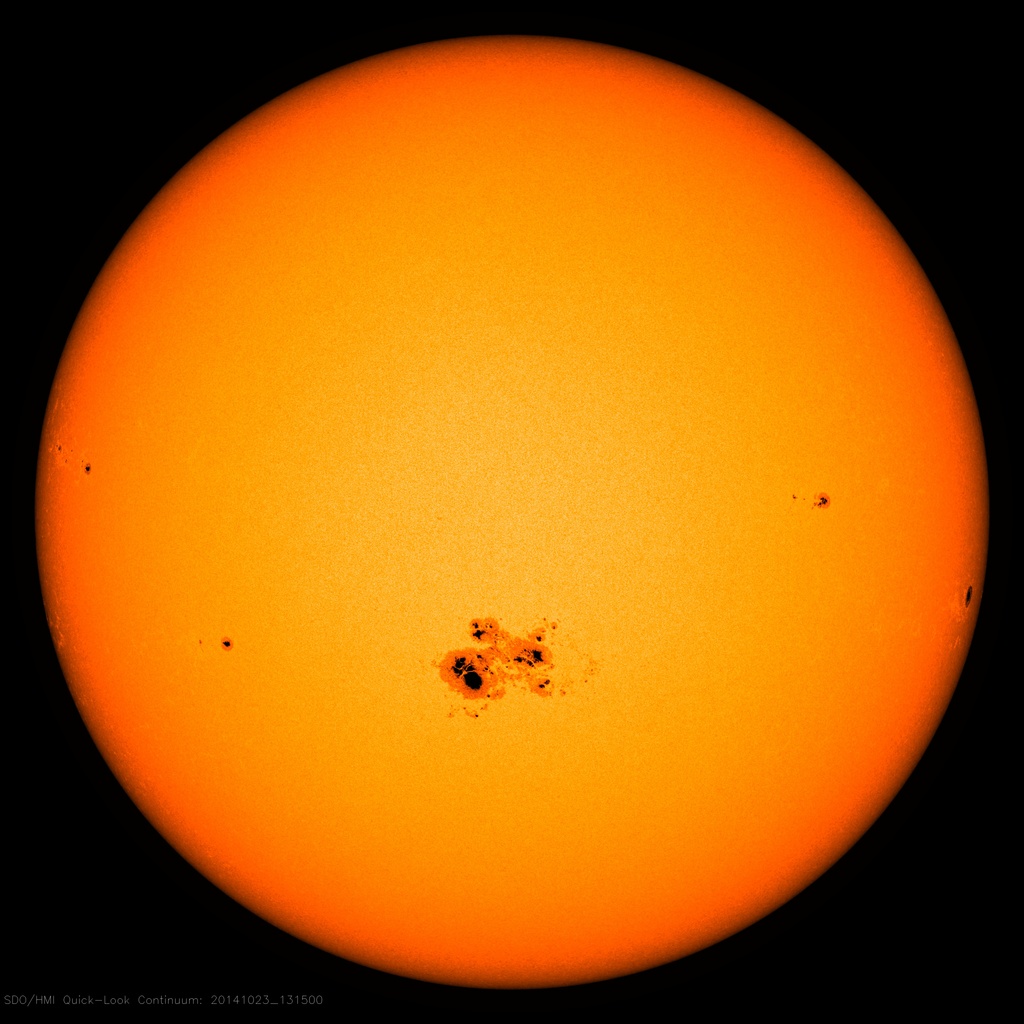
NASA’s SDO Observes Largest Sunspot of the Solar Cycle (15430820129).

A close-up of sunspots taken by a solar telescope, showing the contrast between the dark core (umbra) and the lighter surrounding area (penumbra).
How to View the Sun Safely
Observing the Sun can be an awe-inspiring experience, but looking at it directly with the naked eye or through an unfiltered telescope can cause severe eye damage, including permanent blindness. Therefore, it is crucial to use proper techniques and protective equipment to safely view the Sun.
Solar Filters
Using a specially designed solar filter over a telescope or binoculars is the safest way to observe the Sun. These filters block most of the Sun’s intense light and harmful radiation, allowing safe observation of features like sunspots and solar flares.
Eclipse Glasses
For direct viewing of the Sun, such as during a solar eclipse, certified eclipse glasses with ISO 12312-2 certification should be used. These glasses block harmful ultraviolet (UV) and infrared (IR) radiation, reducing brightness to a safe level.
Projection Method
Another safe method is the pinhole projection technique. By creating a small hole in a piece of cardboard and allowing sunlight to pass through onto a white surface, an image of the Sun can be projected and safely observed.
Solar Telescopes and H-alpha Filters
For enthusiasts, using a solar telescope with an H-alpha filter provides a detailed view of the Sun’s surface and its outer layers, revealing features like prominences and filaments.

A person using a telescope with a protective filter to observe the Sun safely.
The Importance of Studying the Sun
Studying the Sun is vital for understanding space weather, which can affect satellites, GPS systems, and power grids on Earth. Solar storms, caused by coronal mass ejections (CMEs) and solar flares, can send powerful bursts of charged particles toward Earth, potentially disrupting communications and electronics. Scientists continuously monitor the Sun using space telescopes like NASA’s Solar and Heliospheric Observatory (SOHO) and the Parker Solar Probe to predict solar activity and mitigate its effects.
Additionally, understanding the Sun provides insights into stellar evolution and helps us comprehend the life cycles of stars. Since the Sun is the closest star to Earth, it serves as a model for studying other stars in the universe.

An artist’s impression of the Parker Solar Probe studying the Sun, with solar flares erupting.
Conclusion
The Sun is an extraordinary celestial body, providing the energy necessary for life on Earth. Its massive size, classification as a G-type main-sequence star, and phenomena like sunspots make it a fascinating subject of study. Observing the Sun safely using proper equipment allows us to appreciate its dynamic activity without risking our eyesight. By continuing to study our Sun, scientists gain valuable knowledge that helps protect modern technology and deepen our understanding of the cosmos.

A beautiful sunset image over the Pacific Ocean showing the Sun’s daily impact on Earth.
